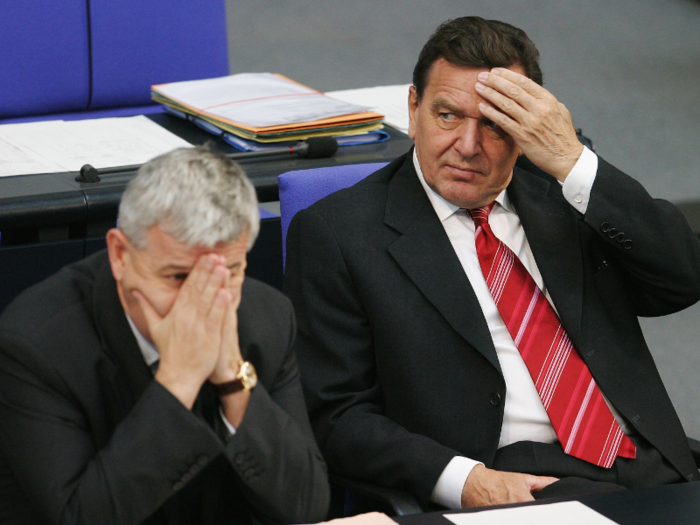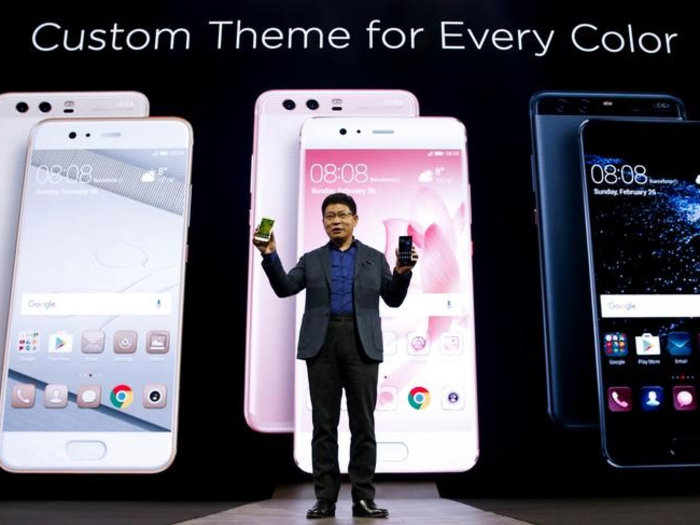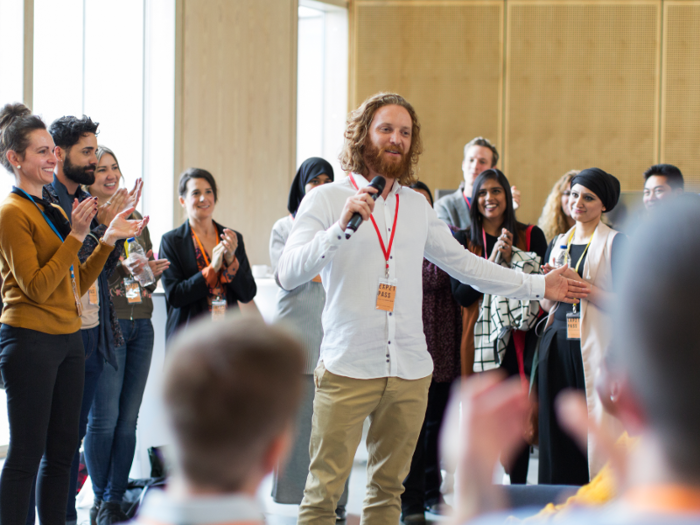- Home
- slideshows
- miscellaneous
- 6 ways to crush a presentation at work, from people who know
6 ways to crush a presentation at work, from people who know
Talk it out

Focus on a few key points, and structure accordingly

When preparing, think long and hard about the main points you want to make, because you really only get a few, Zukor said.
"No matter how high-stakes or complex the presentation, your audience is only going to take away a few key ideas," Zukor said. "Make sure you're clear-eyed about what those important takeaways are, then start framing around them."
He added that this old speech-writing adage still holds true: Tell the audience what you're going to tell them, then tell them, and then tell them what you told them.
"If something is worth saying, say it more than once to get the point across," he said.
Control those nerves

Being nervous is normal, but Mitch Grasso, CEO of the presentation software company Beautiful.AI, has some hacks to to help you relax before and during your presentation.
"First, give up on perfection — it will almost never go as planned," he told Business Insider. "Remember that you are an expert on your story and you have prepared for this moment."
Also, it's OK if you don't know every answer that your peers or even your superiors ask during your talk, he said.
"Never try to fake it — that backfires every time. Acknowledge that it's a great question, you don't have the answer, and try posing the question back to the group," he said. "It can help with audience engagement while giving yourself a short mental break."
Create simple visuals, and use the right tools

The KISS rule applies to any kind of visuals you're using for your presentation: Keep it simple, stupid. Kill the bullets, limit text, and use beautiful images, Grasso said. Less is more.
"Nobody wants to be messing around with text boxes at 2 a.m. the night before a presentation," he said. "Find a tool that makes it easy to visualize your story so that you don't spend endless hours creating your presentation. Poorly designed slides are going to be a distraction, and you risk losing your audience. Good design is transparent and fosters connection."
He noted that the actual presentation isn't the main attraction — your story is. So the slides should help take the audience on a journey while serving, and not distracting from, your primary purpose.
Be specific

Instead of pointing to larger trends to get your point across, zero in on a specific example that illustrates the trend to better connect with your audience.
"Someone smarter than me once said that a single death is a tragedy but a million deaths is a statistic," Jeff Kreisler, a behavioral science expert and editor in chief of PeopleScience.com, told Business Insider. "That's a little dark, but the point is, the identifiable victim effect confirms that highlighting individual examples and stories is a more effective way to have those stories connect with and impact an audience than the too-big picture."
For example, he pointed to how politicians on the campaign trail talk about meeting everyday people being impacted by a certain issue as a way to discuss their stance on a particular policy.
"They use that formula because it works. And it can work for you, too," Kreisler said. "You need a budget increase? Start by telling me how it's going to change one specific client's relationship with us, then go to the big numbers."
Stick the landing

Ending strong is crucial. Of course, you want to do well throughout the entire presentation, but, if there's one portion you really need to nail, it's the finish.
"According to the peak end rule, ending on a strong note will increase recall, rating and enjoyment of a presentation, and any experience, really," Kreisler said. "So, if there's one part of your talk you really want to nail — concise, emotional, and packed with takeaways — it's the ending. Finishing on a laugh never hurt, either."
Popular Right Now
Popular Keywords
Advertisement